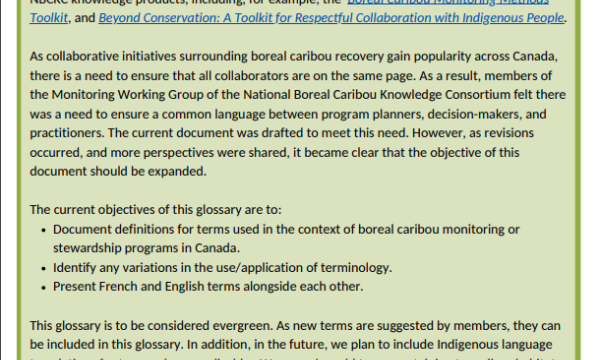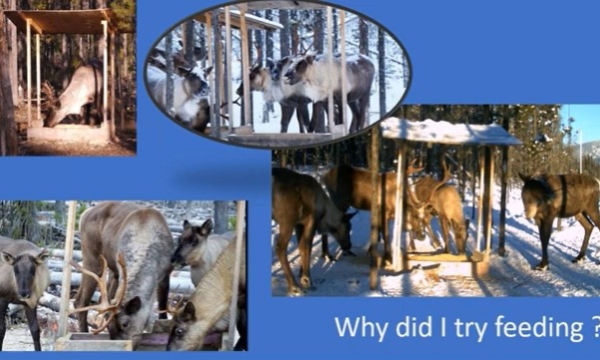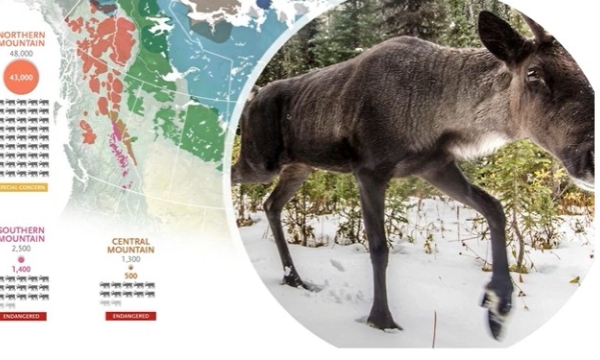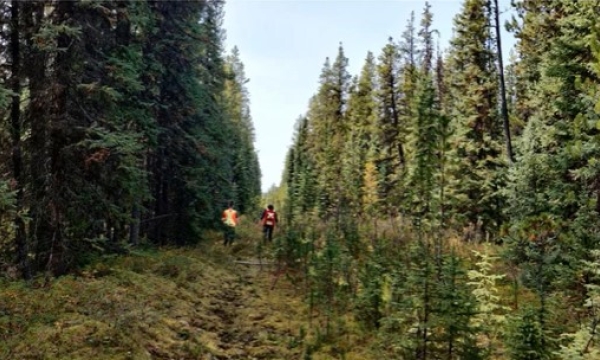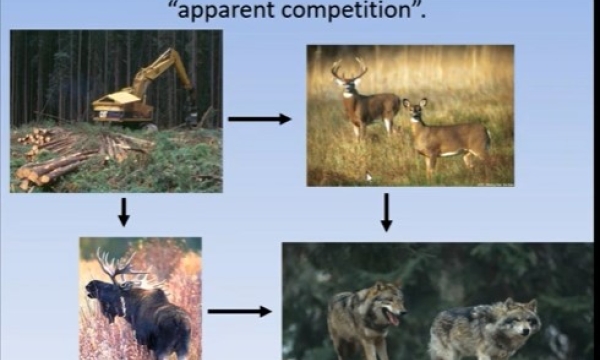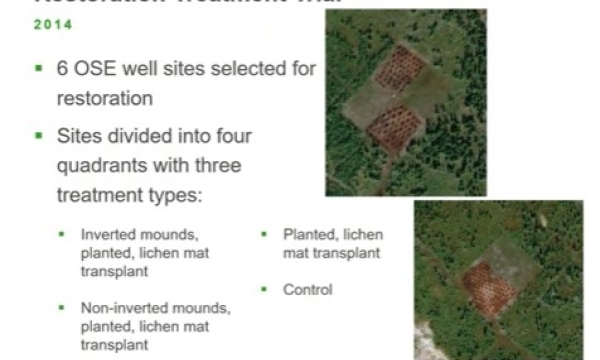More Than One Way to Count Caribou in Canada: Showcasing the NBCKC’s Boreal Caribou Monitoring Methods Toolkit (NACW 2023 Presentation)
Resource
This presentation was prepared for the 2023 North American Caribou Workshop and is uploaded here to the CCLM so that conference attendees and non-attendees can review the presentation at their leisure...




